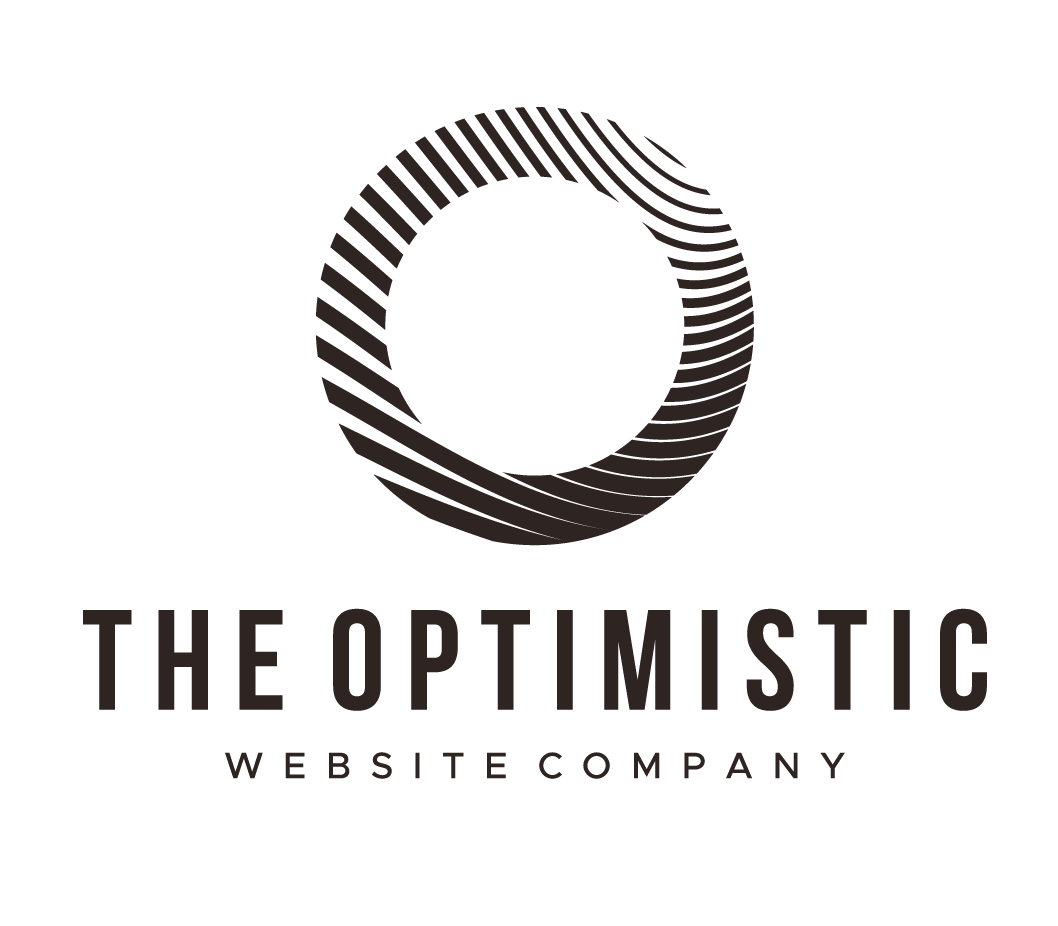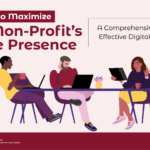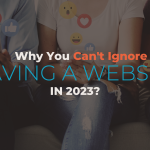Importance of custom website design for non-profit organizations
Custom website design is crucial for non-profit organizations as it helps create a unique online presence that reflects their mission and values effectively. Here’s why it matters:
-
Brand Identity: A custom design allows non-profits to showcase their brand identity and stand out in a crowded digital space.
-
User Experience: Tailoring the website to meet the specific needs of the organization and its users enhances the overall user experience, making it easier for visitors to navigate and engage with the content.
-
Credibility: A professionally designed website instills trust and credibility in potential donors, volunteers, and beneficiaries, ultimately helping to further the organization’s cause.
-
Flexibility: Custom designs offer the flexibility to incorporate unique features and functionalities that cater to the non-profit’s goals and objectives.
-
Long-Term Cost Savings: While initial costs may be higher than using pre-made templates, investing in a custom website design can lead to long-term cost savings by reducing the need for frequent updates and redesigns.
In summary, custom website design plays a vital role in helping non-profit organizations establish a strong online presence, connect with their audience, and achieve their mission more effectively.
Enhancing user experience through custom website design
Creating a custom website design for your non-profit e-learning platform can greatly improve the experience for your users. With a custom design, you can tailor the look and feel of your website to meet the specific needs of your users, making it easier for them to navigate and access the information they need. Custom designs can also help establish a unique identity for your platform, setting it apart from other e-learning sites. By investing in custom design, you can enhance user satisfaction and engagement, ultimately leading to a more successful e-learning experience for your non-profit organization.
Creating a unique brand identity
Creating a unique brand identity for your non-profit e-learning platform is crucial in standing out from the competition and attracting your target audience. With custom website design, you can tailor the look and feel of your site to reflect your organization’s values and mission. This helps in building trust with your users and conveying a professional image. A unique brand identity increases recognition and sets you apart as a reputable source in the e-learning sector. Custom design allows for creative freedom, ensuring that your platform is visually appealing and engaging for your users.
Tailoring functionality to meet e-learning platform needs
You can customize your e-learning platform to cater to specific needs by opting for a custom website design. This allows you to tailor the functionality to suit your e-learning requirements. Some benefits of customizing your website include the ability to incorporate interactive features, create a user-friendly interface, and integrate specialized tools for educational purposes. Custom website designs also offer enhanced security measures, scalability options for future growth, and the flexibility to adapt to changing educational trends. By tailoring the functionality of your website, you can optimize the e-learning experience for both educators and learners.
Features to consider in custom website design for non-profits
When designing a website for a non-profit e-learning platform, there are key features to consider to ensure an effective and user-friendly interface. Some important features include:
-
User-friendly navigation: Make it easy for users to find and access different sections of the website.
-
Mobile responsiveness: Ensure the website is optimized for mobile devices for a seamless user experience.
-
Engaging multimedia: Incorporate multimedia elements such as videos and interactive tools to enhance engagement.
-
Clear call-to-action buttons: Guide users on what actions to take next, such as signing up for courses or donating.
-
Accessible design: Ensure that the website design is accessible to users with disabilities, following ADA guidelines.
-
Secure payment gateways: If accepting donations or payments, prioritize security to protect user information.
-
Integration with social media: Enable users to easily share content and increase the platform’s reach.
These features, when incorporated into the custom website design for non-profits, can help create a more impactful and successful e-learning platform.Improving accessibility and usability
Trying to make your non-profit e-learning platform accessible and user-friendly? Custom website design is the way to go. By tailoring your website to your specific needs, you can create a platform that is easy to navigate and engaging for your users. This means designing features like clear navigation menus and readable fonts to ensure that everyone, including those with disabilities, can access your content. Custom website design allows you to optimize your platform for different devices, making it more accessible to a wider audience.
Increasing engagement and interaction
Engagement and interaction on your non-profit e-learning platform can increase with custom website design. A well-designed website can captivate visitors, making them more likely to explore and participate in your online offerings. Interactive features, user-friendly navigation, and engaging visuals can all contribute to a more dynamic user experience. Custom design allows you to tailor your platform to the specific needs and preferences of your audience, enhancing their overall engagement with your e-learning initiatives.
Security and data protection measures
To ensure the safety of your users’ information on your non-profit e-learning platform, implementing strong security measures is crucial. Consider the following steps:
- Encryption: Encrypt all sensitive data to prevent unauthorized access.
- Firewalls: Use firewalls to block malicious traffic and keep your website secure.
- Regular Updates: Keep all software up to date to patch security vulnerabilities.
- User Authentication: Require strong passwords and enable two-factor authentication for added security.
- Data Backup: Regularly back up your data to prevent loss in case of a security breach.
Taking these measures will help safeguard your platform and protect the privacy of your users.
Maximizing fundraising opportunities
To maximize fundraising opportunities for your non-profit e-learning platform, custom website design plays a crucial role. A well-designed website can attract more donors and supporters, enhancing your ability to raise funds effectively. Here are some key benefits of custom website design for maximizing fundraising opportunities:
-
Enhanced User Experience: A custom website design ensures a user-friendly experience, making it easier for visitors to navigate and donate.
-
Brand Consistency: Your website can reflect your non-profit’s unique identity and mission, fostering trust and credibility with potential donors.
-
Mobile Responsiveness: With a custom design, your website can be optimized for mobile devices, reaching a wider audience and increasing donation potential.
-
SEO Optimization: A custom website design can be tailored to incorporate SEO best practices, improving your non-profit’s visibility online and attracting more donors.
-
Donation Integration: Custom design allows for seamless integration of donation forms and payment gateways, making it convenient for visitors to support your cause.
By investing in custom website design for your non-profit e-learning platform, you can create a compelling online presence that optimizes fundraising opportunities and supports your mission.Measuring success and impact of custom website design
To measure the success and impact of a custom website design for non-profit e-learning platforms, you can look at various factors. Here are some key points to consider:
-
User Engagement: Check how many users are actively using the platform and their level of interaction.
-
Conversion Rates: Monitor the number of visitors who are taking desired actions, such as signing up for courses or donating.
-
Feedback and Surveys: Gather feedback from users to understand their experience and areas of improvement.
-
Analytics: Utilize web analytics tools to track metrics like traffic, page views, and user behavior.
-
Comparison: Compare performance metrics before and after the custom website design implementation to gauge improvement.





